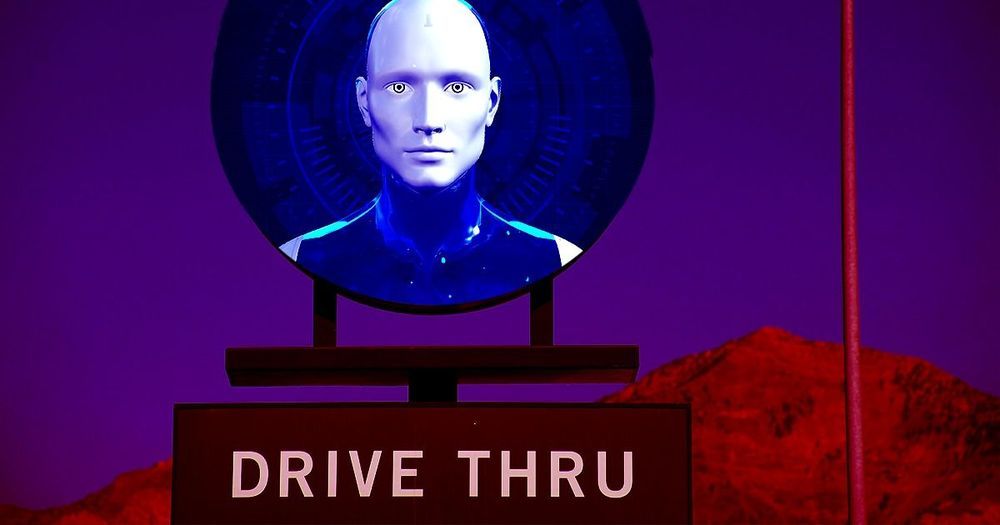We already had a robot that could make fast food burgers. And now we have an artificial intelligence that can take your order for one. Earlier this month, Colorado-based startup Valyant AI announced the launch of a voice-based AI customer service platform, which is now taking customer orders at the drive-thru at Denver’s Good Times Burgers and Frozen Custard.
The AI is reportedly not taking jobs from humans, either.









